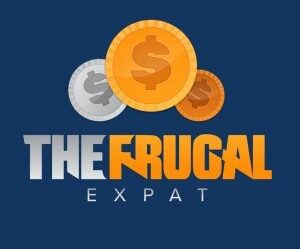A new gold rush is underway. Prospectors need no pick or shovel – just a Costco card.
The retail giant is offering one-ounce bars of 24-karat gold, and they are selling like hotcakes.
Despite being sold at $1,930 per ounce (a substantial mark-up from the market price of about $1850) and limiting purchases to two bars per member, Costco reportedly sold out of the bars last week.
“They're typically gone within a few hours,” a Costco executive told the media.
A gold bar may be a curious item to bring home from a shopping spree, but is burying a few bars in the bedroom safe really the best way to secure one's wealth?
Gold Standard
Thankfully for investors, buying bullion from retailers is not the only way to invest in gold. Getting some gold exposure for one's portfolio has never been easier.
Storing the metal at home can be a hassle. Instead, investors who want to own physical pieces can still do so by purchasing gold certificates from specialized institutions that hold gold on behalf of their buyers.
More liquid options include Gold ETFs, such as SPDR Gold Shares (GLD) that track the price of gold. These funds may come with higher management costs, though. Whereas several low-cost S&P 500 trackers charge less than 0.10% per annum, the two largest gold ETFs by asset size (GLD and iShares Gold Trust “IAU,” respectively) charge expense ratios of 0.40% and 0.25%.
For those wanting extra leverage, gold futures contracts are available, too. These speculative instruments enable buyers to agree to buy or sell a specific amount of the metal at a set price and date in the future.
Investors can also get exposure to the growth of the gold mining sector, either through buying an industry-focused ETF, like the VanEck Vectors Gold Miners ETF (GDX), or by picking stocks in gold miners, like BARRICK GOLD (GOLD), and Agnico Eagle Mines (AEM).
Beware of Returns
Gold comes in and out of fashion, depending on the mood in the market and macroeconomic conditions. Performing as a hedge against inflation and safeguard against economic volatility, demand for it typically rises amid turmoil. In short, a pivot to gold is a vote of no confidence in the markets.
Right now, the U.S. market's Fear & Greed Index is hovering at the edge of the “Extreme Fear” range – a dramatic reversal from the giddy greed seen during the summer bull run. As a sentiment metric, the index has identified swings amid major events, from the 2008 global financial crisis to the 2012 stock rally and the recent COVID-19 market crash. The current bearish reading may explain Costco customers' ravenous appetite for the precious metal.
Yet, just because gold is the quintessential safe haven asset doesn't make it a good investment.
When compared to the S&P 500's returns across multiple time frames, gold suddenly loses its shine. The broad-based benchmark has outpaced the GLD ETF by around 13% year-to-date, 9% over the past five years, and 113% over the past decade.
Thus, under normal circumstances, holding gold doesn't pay. However, there are exceptions. Gold did outperform the broader market in the years immediately following the global financial crisis.
For investors who see another devastating financial crisis brewing, gold may be a solid choice.







